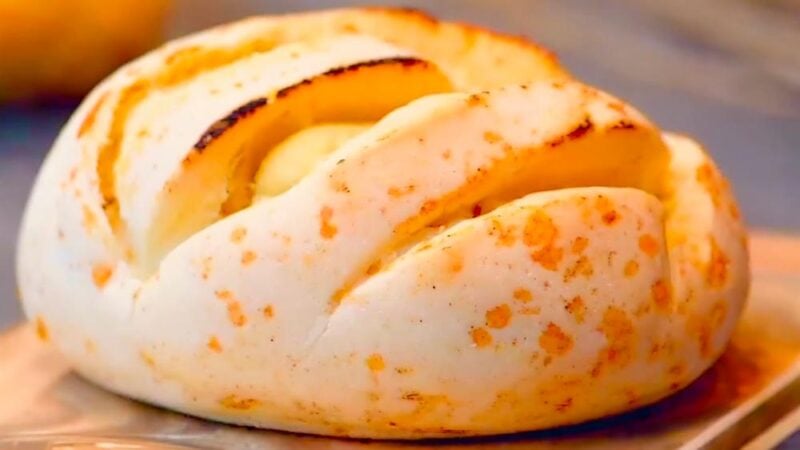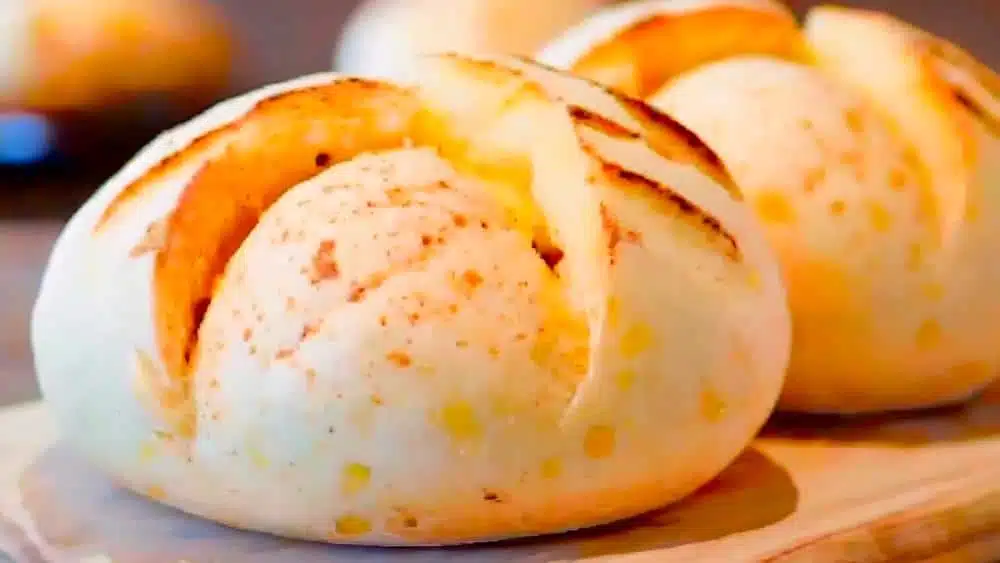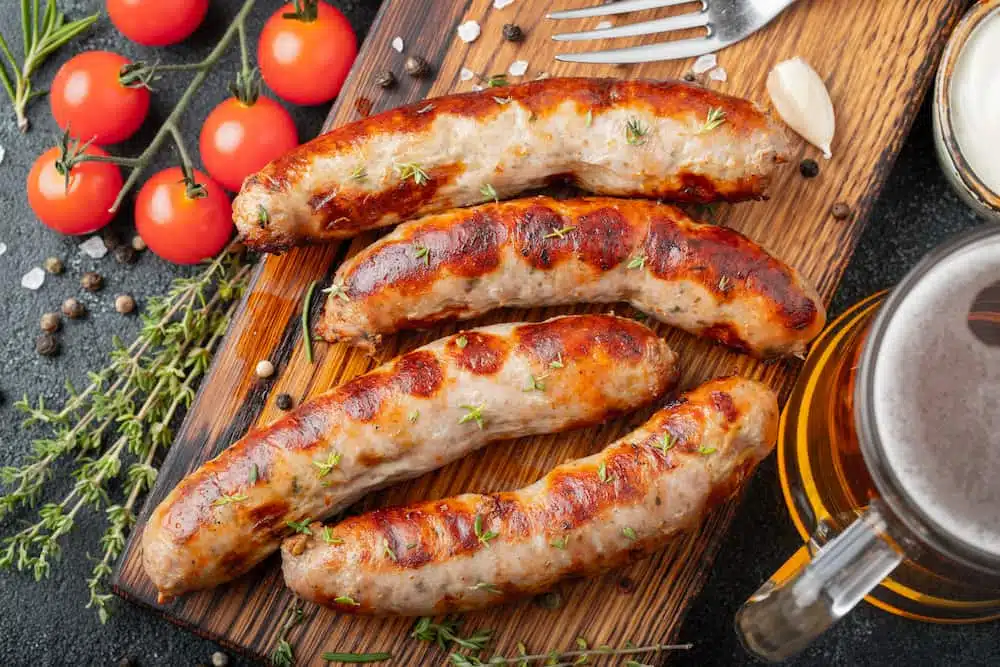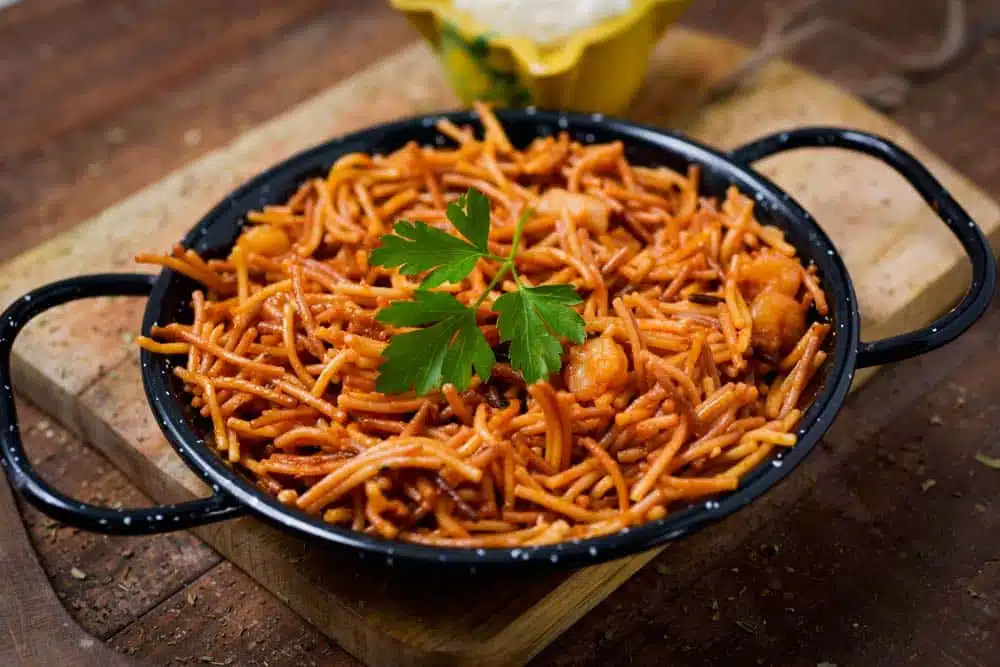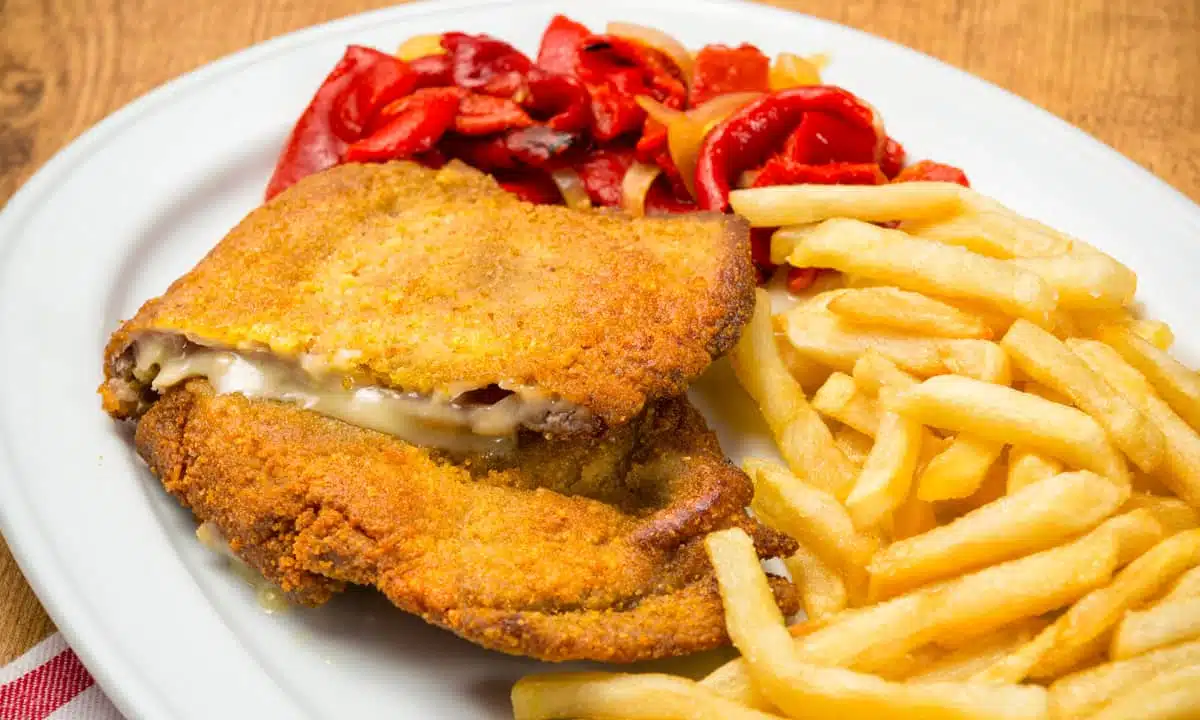Hello friends and friends of Paulina Kitchen! We welcome you, today with a pancito that is a Colombian delicacy: bonus bread , also known as Pandebono.
It is a cheese stuffed bread, which is prepared with flour or cornstarch and cassava starch , which has a heart of cheese that prints an incredible flavor and a spongy texture level God.
This Colombian delight has its history behind, and also some differences and similarities with other characteristic breads of the region, such as cassava bread and almojabana. We will know what are the points in common among these varieties, the legend of its creation and, of course, a recipe of buckling to do at home and enjoy with a good coffee.
Content table
About bonus bread
Bono bread is a delicious specialty of Colombia's gastronomy , specifically from the Valle del Cauca area. It is a spongy panecillo inside and crispy on the outside , which stands out for its unique and distinctive cheese flavor, with certain similarities with gluten -free chipá .
The fundamental ingredients of the buckling include cornmeal, cassava starch or tapioca, fresh cheese and egg . The combination of these elements, together with specific kneading and baked techniques, contribute to its characteristic texture.
This roll is commonly served at breakfast or as a delicious snack . His versatility makes him a perfect accompaniment for drinks such as Colombian coffee . In addition, its attractive presentation in the form of round buns or creative figures makes it pleasant both in sight and the palate.
History and origin of Bono Valluno bread
Bonus bread has a fascinating story. This delicacy, with its origins in the Andean region, has evolved over the years. Its invention is attributed to the creative hands of housewives and local bakers who sought to fuse tradition and flavor .
This bread has its deep roots in the Valle del Cauca , towards the end of the 19th century, specifically in the city of Dagua, in a farm known as "Finance El Bono", hence its name, which resulted from "The PAN of the Hacienda El Bono" to "Pandebono" .
The history of cheese bread takes us to a fundamental figure in its origin: Genoveva , a cook with creative hands and culinary skill, recognized as the architect of this delicacy, according to local legends. Over the years, the Valluno Pandebonus has transcended the borders to become a representative symbol of the gastronomic wealth of the Valle del Cauca .
4 main features of bonus bread
- Spongy and crispy texture : This bread stands out for its dual texture, achieving a perfect combination between spongy inside and a crunchy layer on the outside.
- Cheese accentuated taste : one of the most distinctive characteristics of Colombian buckling is its intense cheese flavor. The coastal cheese or fresh cheese, is integrated perfectly into the dough, providing a characteristic taste and a wealth that makes each bite a unique experience. This element not only contributes to the taste, but also to the texture of the PAN.
- Versatility in the presentation : It is presented in a variety of forms and sizes, which reflects the creativity and diversity of Colombian traditions. It can be found in the classic form of round buns, but it is also molded in other figures, such as sticks or rings.
- Perfect accompaniment : these loaves are not only delicious by themselves, but they have also gained the reputation of being a perfect accompaniment for various drinks, especially Colombian coffee. It is an ideal choice for breakfast, snacks or any special occasion.
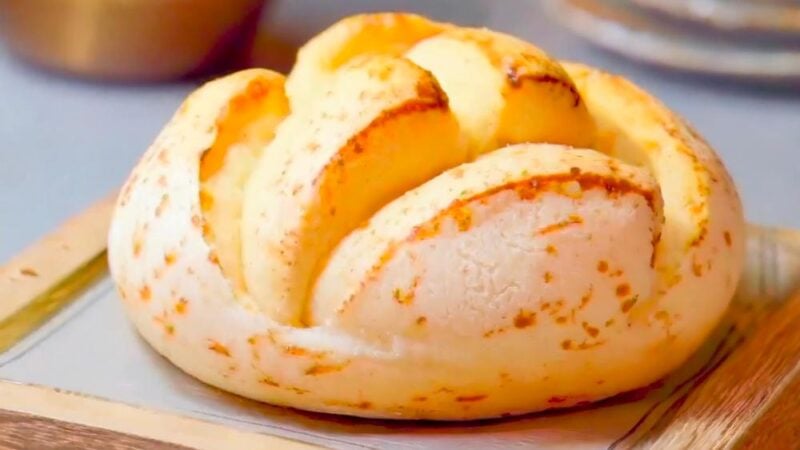
4 differences between cassava bread and bonus bread
Although they are often confused, these loaves have distinctive differences.
- Main ingredients: cassava bread is mainly made with cassava flour. The cassava, also known as cassava, is a tuber that is used to produce fine and gluten -free flour. Bonus bread, on the other hand, incorporates cornmeal and cassava starch.
- Texture and consistency: The texture of the cassava bread tends to be dense and elastic compared to bond bread.
- Characteristic taste: Cassava bread has the distinctive flavor of cassava or tapioca , which is neutral and soft. Its flavor profile is easier compared to bonus bread, which is characterized by a more complex and pronounced flavor, thanks to the presence of fresh cheese. Its flavor profile is slightly salty.
- Presentation and form: Cassava bread is usually presented in the form of round or donut -shaped buns, depending on the region, while bond bread is molded in buns, but also in other forms such as sticks or rings.
4 differences between bond bread and almojabana
Another common question is the difference between bond bread and almojabana. Both share similar ingredients, such as cheese and starch, but almojabana usually has a densest consistency and a different way.
- Specific ingredients : Bonus bread uses cornmeal, cassava starch, fresh cheese, and egg as main ingredients. The almojabana, on the other hand, can wear corn starch and sometimes contains butter or margarine, which prints a softer texture and a slightly different taste.
- Texture and consistency : Bonus bread is known for its dual texture, being spongy inside and crunchy abroad. The almojabana, meanwhile, tends to have a more homogeneous and soft consistency. He is spongy but does not necessarily have a crunchy layer.
- Taste and taste profile : the taste of bonus bread is more robust and pronounced due to the presence of fresh cheese, while the almojabana has a softer flavor and can be less intense in terms of cheese flavor.
- Presentation and form : Bonus bread is commonly presented in the form of round buns, although it can also adopt shapes such as sticks or rings. The almojabana usually occurs in the form of threads or round buns.
How to make the recipe of buckling
The process of making the buckling recipe is quite simple. I simply mix the key ingredients such as cornmeal, cassava starch, fresh cheese or coastal cheese and egg , which can be complemented with baking powder and butter.
The resulting mass is kneaded until a smooth and homogeneous consistency, which is divided into portions with which buns are formed or the desired shape. Then they are baked at high temperature in preheated oven, until the golden and crunchy outer layer that characterizes this typical Colombian bread.
CHARACTERISTICS OF THE BONO BREAD MASS
Pandebono's mass is a carefully balanced combination of flours and starches that give it its unique texture. The use of curd or fresh cheese adds moisture and a distinctive flavor . The consistency of the dough is spongy thanks to the interaction of the ingredients during the kneading and baked process.
The kneading process is essential to achieve a soft and homogeneous mass . A careful kneading ensures the uniform distribution of the ingredients, which contributes to the final spongy texture. The mass of the buckling generally does not contain gluten , since it is made with cornmeal and cassava starch. This makes it suitable for those who follow a gluten -free diet or have celiachy .
The Colombian buckling flours
flour and cassava starch are fundamental ingredients in the elaboration of Colombian buckling . Corn flour provides a characteristic flavor, while cassava starch contributes to fluffy.
In some cases, wheat flour or precooked corn can be used (which is used for arepas ), depending on the preference and availability of ingredients in the region.
4 tips for pandebono
- Fresh ingredients: Use fresh and high quality ingredients, especially cheese, which will print all its flavor and texture.
- Careful kneading: make sure to knead the dough enough to obtain a soft and homogeneous texture, which is going to translate into a spongy interior.
- Oven temperature: preheat the oven properly and bake at a high temperature to achieve the desired texture.
- Creative variations: The recipe can be experienced with small variations, such as adding fresh herbs or different types of cheese, to customize the buckling .
Follow on Instagram ( here )
and on YouTube that I upload new videos every week ( click here )
Bonus bread recipe
Yield: 12 portions
Preparation : 30 minutes
Ingredients for the recipe for Colombian Pandebonus
- 2 cups of cornmeal
- 1 cup of cassava starch
- 1 cup of curd or grated fresh cheese
- 2 eggs (1 egg can be replaced by 1 tablespoon of butter)
- 1 teaspoon baking powder
- 1 pinch of salt
How to make homebering in 4 steps
- Preheat the oven at moderate temperature. In a large bowl, mix cornmeal, cassava starch and salt.
- Add fresh cheese and mix well. Add the eggs and knead until you get a soft dough.
- Form buns the desired size and place them on a baking tray.
- Bake for 15-20 minutes or until golden brown.
